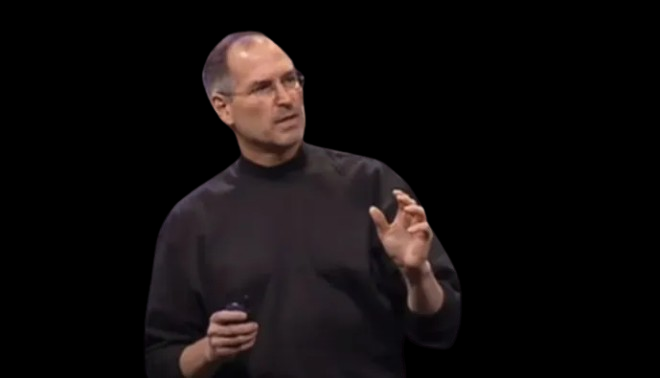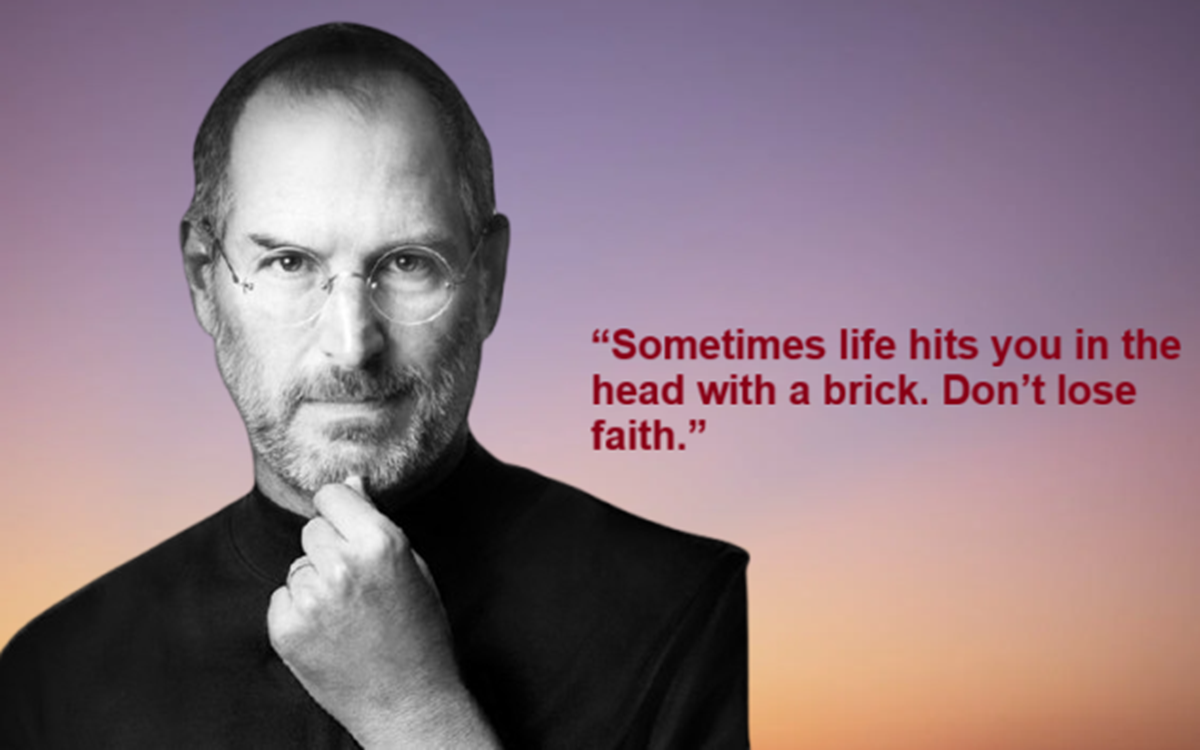Steve Jobs Biography: 15 Inspiring Lessons from Apple’s Visionary Leader
The Steve Jobs biography is more than the story of a single man — it is the story of an era. Jobs wasn’t just the co-founder of Apple; he was a visionary who fused technology and art, science and design, engineering and intuition. From being an adopted child to becoming a college dropout, and then leading the world’s most valuable company, the Steve Jobs biography traces a life of relentless curiosity, uncompromising standards, and transformative products.
In this Steve Jobs biography, we’ll walk through his early life, education, career milestones, setbacks, comeback, and lasting legacy — plus practical lessons you can take from his life and leadership.
Steve Jobs Biography: Early Life & Childhood
Steven Paul Jobs was born on February 24, 1955, in San Francisco, California. The child of Joanne Schieble and Abdulfattah Jandali, he was placed for adoption and raised by Paul and Clara Jobs in Mountain View. The early chapters of the Steve Jobs biography show a young boy exposed to the mechanical world: Paul Jobs, a machinist and mechanic, encouraged tinkering. Steve spent hours in the garage taking things apart, learning how devices worked — an early seed that would later grow into Apple’s obsession with design and engineering.
In school, Jobs was often described as bright but willful. He could be disruptive, yet whenever a subject captivated him he would dive in completely. That restless focus is an essential theme of the Steve Jobs biography.
Steve Jobs Biography: Education and Formative Influences
Jobs attended Homestead High School, where he met Steve Wozniak — a partnership central to the Steve Jobs biography. The two bonded over electronics and pranks, but more importantly, they shared a love of building things.
After high school, Jobs enrolled at Reed College in Oregon. He dropped out after one semester, but continued to audit courses that interested him — notably a calligraphy class. That class would later become a surprising but pivotal detail in the Steve Jobs biography, influencing Apple’s early focus on typography and beautiful interfaces.
“If I had never dropped in on that single course in college, the Mac would have never had multiple typefaces or proportionally spaced fonts.” — Steve Jobs
Founding Apple: The Early Chapters of the Steve Jobs Biography
Apple’s Garage Beginnings
In 1976, Jobs, Steve Wozniak, and Ronald Wayne built Apple Computer in Jobs’s parents’ garage. The Steve Jobs biography often highlights the Apple I as humble but foundational — it was the start of something much larger.
Apple II: First Big Success
The Apple II (1977) was one of the first mass-market personal computers and brought Apple into the spotlight. The early success of Apple II is a key milestone in the Steve Jobs biography.
Macintosh, Conflict, and the First Exit
In 1984, Apple launched the Macintosh — a computer with a graphical user interface and mouse that was revolutionary for consumers. The Steve Jobs biography records both the excitement and the challenge: initial sales were disappointing and internal tensions rose. By 1985, Jobs was pushed out of Apple — a major turning point and one of the most dramatic chapters in the Steve Jobs biography.
NeXT & Pixar: Reinvention in the Steve Jobs Biography
After leaving Apple, Jobs founded NeXT, a company focused on advanced computers for higher education and enterprises. Though NeXT didn’t become a mainstream hardware success, its software and engineering were later crucial for Apple’s operating systems.
In 1986, Jobs bought Pixar from George Lucas. The Steve Jobs biography credits him with guiding Pixar’s business strategy and funding to become a storytelling and technical powerhouse. Pixar’s Toy Story (1995) was the world’s first full-length computer-animated film and established Pixar’s creative and commercial model.
Return to Apple and the Product Revolution
Apple acquired NeXT in 1997, bringing Jobs back into the company. The Steve Jobs biography often frames this return as the start of one of corporate history’s greatest comebacks. Under Jobs’s leadership, Apple introduced a steady flow of category-defining products:
- 1998 — iMac: A bold, colorful desktop that revived Apple’s brand and design ethos.
- 2001 — iPod: Transformed how people purchased and consumed music.
- 2007 — iPhone: Redefined mobile phones, bringing internet, music, and apps into one elegant device.
- 2010 — iPad: Brought a new mainstream market for tablets.
These products are central to the Steve Jobs biography because they show his obsession with user experience — not just features — and his talent for creating products that felt inevitable once they existed.
Timeline — Key Dates in the Steve Jobs Biography
- 1955: Born in San Francisco.
- 1972: Enrolled at Reed College; later dropped out.
- 1976: Co-founded Apple Computer.
- 1977: Released Apple II.
- 1984: Launched Macintosh.
- 1985: Left Apple.
- 1986: Purchased Pixar.
- 1997: Returned to Apple after NeXT acquisition.
- 2001: Introduced the iPod.
- 2007: Launched the iPhone.
- 2010: Introduced the iPad.
- 2011: Resigned as Apple CEO; October 5, 2011 — Passed away.
Turning Points & Challenges in the Steve Jobs Biography
The Steve Jobs biography is full of battles and breakthroughs. Notable turning points include his adoption and search for identity, being ousted from Apple in 1985, the NeXT & Pixar years, and his public battle with pancreatic cancer that culminated in his resignation in 2011.
Family & Personal Life — Intimacy Behind the Public Persona
Jobs married Laurene Powell in 1991. They had three children: Reed, Erin, and Eve. Jobs also had a daughter, Lisa Brennan-Jobs, from an earlier relationship. While the Steve Jobs biography often highlights his intense leadership style, those close to him also recall his deep care for family and his quiet, private side.
Awards, Recognition & Cultural Impact
Among honors and recognitions mentioned in the Steve Jobs biography are the National Medal of Technology (1985), the Jefferson Award, and numerous listings in influential people lists. More importantly, Jobs’s cultural impact — the “Apple way” of product design and marketing — is a living legacy across industries.
Famous Quotes — Voice of the Steve Jobs Biography
Quotes by Jobs are frequently cited in the Steve Jobs biography to capture his philosophy:
- “Stay hungry, stay foolish.”
- “Innovation distinguishes between a leader and a follower.”
- “Design is not just what it looks like and feels like. Design is how it works.”
- “The people who are crazy enough to think they can change the world are the ones who do.”
Interesting Fun Facts from the Steve Jobs Biography
- Jobs dropped out of college but later delivered an iconic commencement speech at Stanford that captured the spirit of his life and is often quoted in biographies.
- He experimented with extreme diets and even a fruitarian period — which influenced his personal life and the lore in the Steve Jobs biography.
- Jobs famously wore a black turtleneck, jeans, and sneakers — a uniform that became part of his public persona.
- He loved calligraphy; the lesson from that course at Reed shows up repeatedly in design choices attributed to the Steve Jobs biography.
- Jobs was an early employee at Atari, a company that introduced him to electronics work and industry contacts that appear throughout the Steve Jobs biography.
Inspirational Lessons from the Steve Jobs Biography
-
- Follow your passion: Invest time in what excites you.
- Embrace failure: Jobs’s exit from Apple enabled an eventual, greater success.
- Think differently: Innovation often comes from rejecting received wisdom.
- Focus on quality: Jobs insisted on products that were excellent in detail and experience.
- Connect the dots: Small, seemingly unrelated experiences (like calligraphy) can shape major outcomes.

Steve Jobs Biography: Legacy & Death
On October 5, 2011, Steve Jobs passed away at the age of 56 after a long battle with pancreatic cancer. The global response captured how deeply the Steve Jobs biography resonated: Apple’s homepage displayed his photo with the years “1955–2011,” and tributes poured in from world leaders, peers, and consumers.
His legacy goes beyond products — it’s a mindset about craftsmanship, customer experience, and the boldness to reshape entire industries. The Steve Jobs biography continues to be taught in business schools, quoted in startup decks, and celebrated at design conferences worldwide.
Conclusion
The Steve Jobs biography demonstrates that success is rarely a straight line. Jobs’s life — from adoption to revolutionizing multiple industries — shows the value of curiosity, resilience, and ruthless focus on the end user. Whether you’re an entrepreneur, designer, or student, the story behind the Steve Jobs biography is a powerful example of how vision, craft, and persistence create lasting impact.
FAQs
Q1: Who was Steve Jobs?
A: Steve Jobs was the co-founder of Apple Inc., known for pioneering products like the Macintosh, iPod, iPhone, and iPad — central episodes in the Steve Jobs biography.
Q2: What were Steve Jobs’s major achievements?
A: Jobs revolutionized personal computing, digital music (iPod/iTunes), smartphones (iPhone), and animated films (through Pixar), milestones covered throughout the Steve Jobs biography.
Q3: What can we learn from Steve Jobs’s biography?
A: The Steve Jobs biography teaches persistence, design focus, embracing failure, and following your passion.
Q4: When did Steve Jobs die?
A: Steve Jobs passed away on October 5, 2011, after a battle with pancreatic cancer.
Q5: Why is Steve Jobs’s life story important?
A: His life story — the Steve Jobs biography — inspires innovators worldwide by showing how bold ideas and obsessive attention to detail can change industries.
👉 You may also like: Albert Einstein Biography.
👉 Further reading & official tribute: Apple — Steve Jobs.
